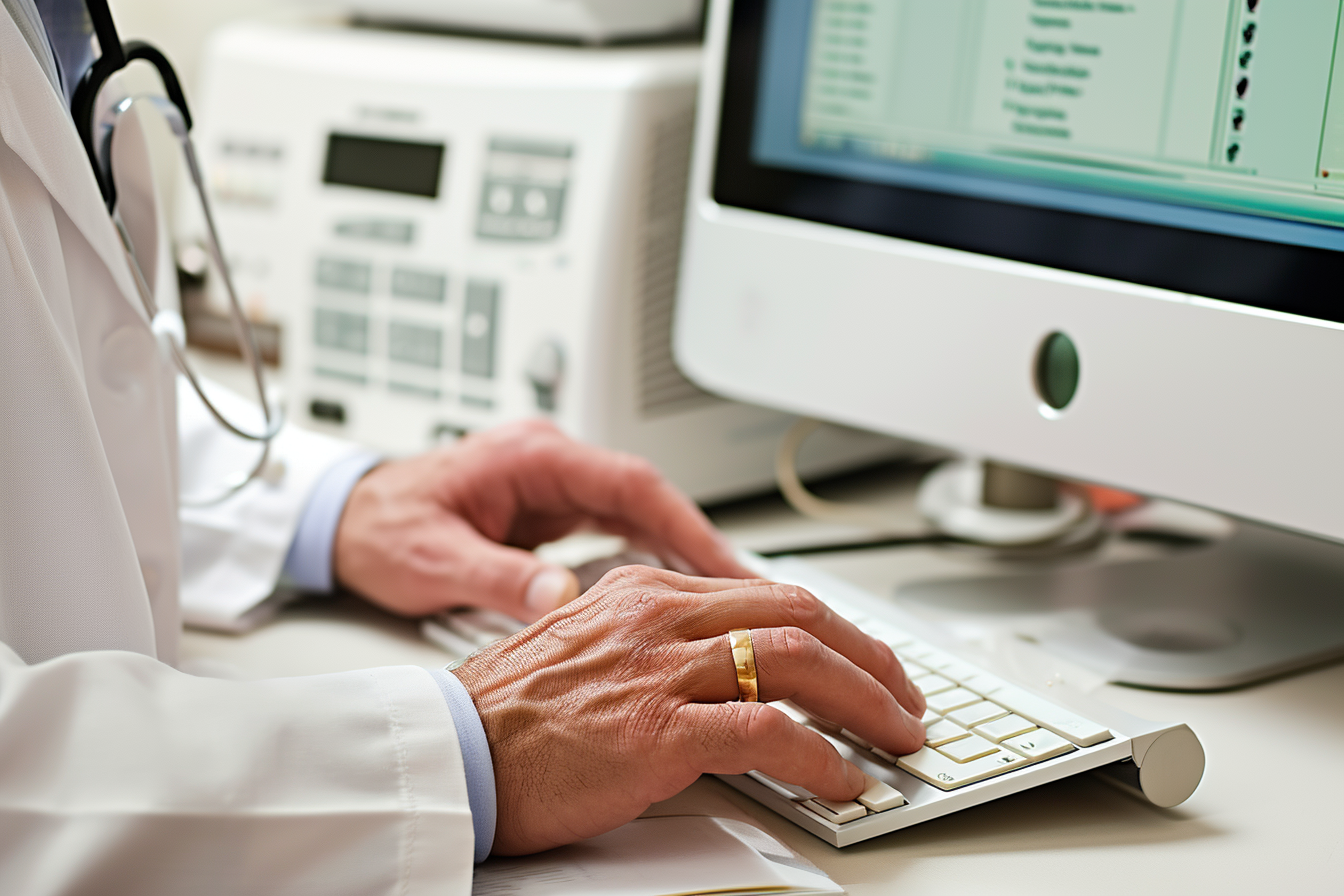
The next time you’re thinking about emailing your physician to ask them a question, maybe you should check to see how much money you’ve got in your pocket.
A new report from the Journal of the American Medical Association (JAMA) says that many health systems are now billing for emails sent to doctors in an effort to increase revenue and compensate clinicians for responding to patient-initiated messages.
This began in 2017 but grew 50% during the COVID-19 pandemic when the Centers for Medicare & Medicaid Services (CMS) and other healthcare payers expanded their reimbursement structure for telemedicine. Now, seven years later, the practice has grown seven-fold and includes charges for any “e-visit” message that requires at least 5 minutes of clinician time for any sort of medical decision-making over any 7-day period.
A ball of confusion
Given those numbers and the time it takes for a physician to respond to each inquiry, it may be reasonable for those doctors to be compensated. Assigning a cost may keep patients from flooding a physician’s inbox, too. Still, confusion persists.
“This practice has generated controversy given that patients are unsure which messages will trigger a bill and concerns that billing may discourage messaging,” the report’s authors said.
The authors found that e-visit claims for shorter periods were largely for acute diagnoses – like sinusitis or urinary tract infection – whereas longer e-visits were more often associated with chronic conditions such as hypertension. In other words, keeping an e-question simple could save a patient time and money.
Getting too involved could, on the other hand, require an additional care touch point like an in-office visit.
But, despite the ongoing shakeout of what messages are billed for and which ones aren’t, healthcare providers seem committed to the concept.
Dr. Kevin Best, Allina Health’s vice president of medical operations for primary care, says it’s a win-win – that the practice not only allows physicians to dedicate more time out of their daily workload to respond to patients, which in turn makes it convenient for patients and also a chance to avoid office visits for routine types of things.
"I think it's a good thing, honestly," Best said. "It's probably more convenient for patients to get a lot of their care done in this kind of asynchronous way where they don't have to take time out of their day or work. ... So we don't want to discourage it, but we need to figure out how we can incorporate it into our workflow."
Does your provider charge for emails yet?
When ConsumerAffairs researched what other healthcare systems have adopted the new charge, many are systems that use MyChart. Here’s what we found as to who’s charging what:
Allina Health – up to $49
BJC Healthcare (St. Louis)
Northwestern Medicine (Chicago area)
Cleveland Clinic – free for Medicaid patients; $3 - $8 for Medicare beneficiaries without a supplemental health plan; $33 - $50 maximum charge per email exchange for patients with high deductibles on private insurance plans or without coverage.
Houston Methodist
Johns Hopkins (Baltimore)
Lurie Children’s Hospital (Chicago)
Mayo Clinic
Nebraska Medicine (Omaha)
Novant Health (Winston-Salem NC) – avg. of $10
Ohio State University Wexner Medical Center
Oregon Health & Science University
UCSF Health (San Francisco area)
U.S. Department of Veterans Affairs
UW Medicine (Seattle) – between $7 - $28 with Medicaid; $14 - $52 with Medicare; $27 - $98 for uninsured patients
Vanderbilt Health
Photo Credit: Consumer Affairs News Department Images
Posted: 2024-01-16 11:58:45


















